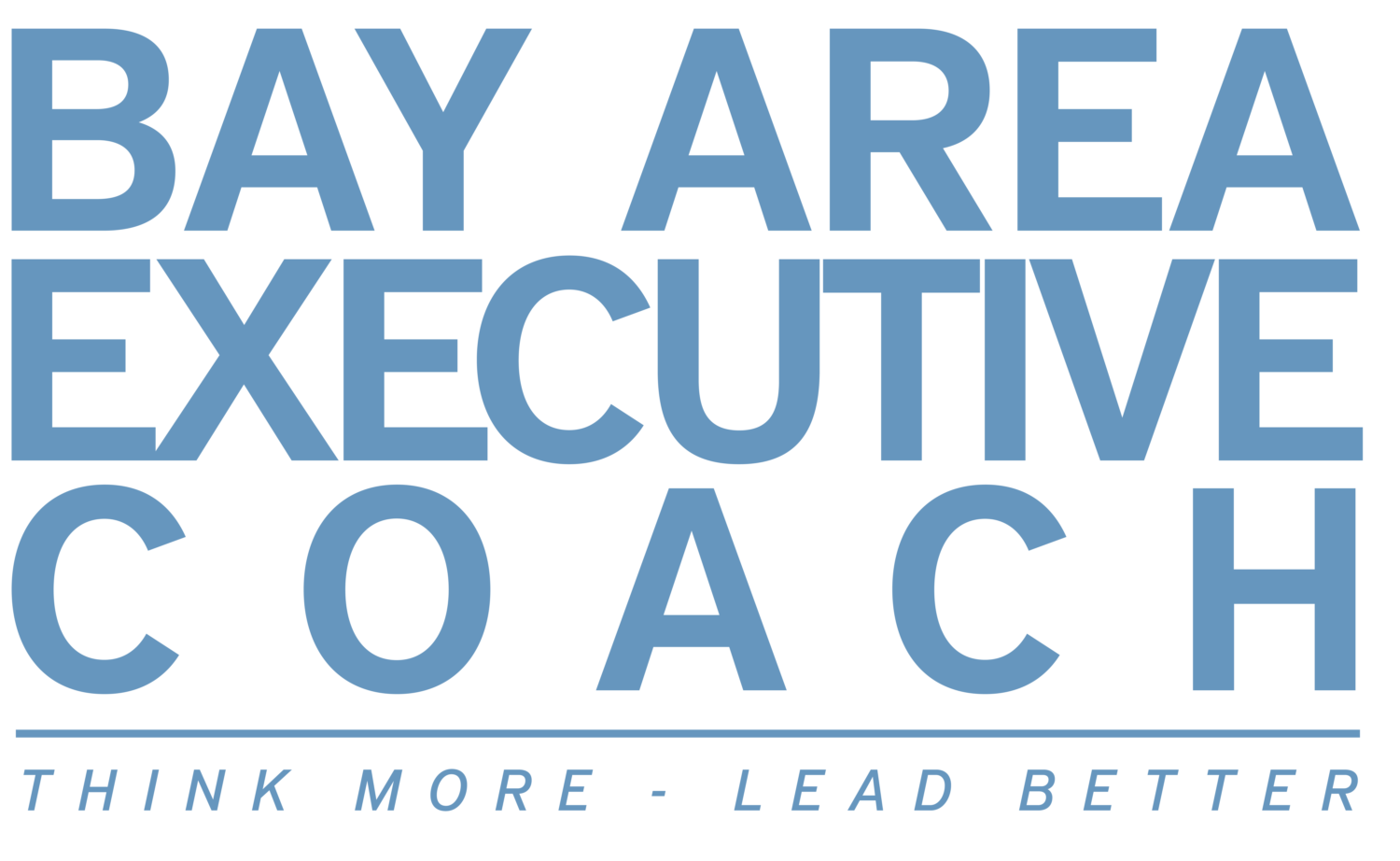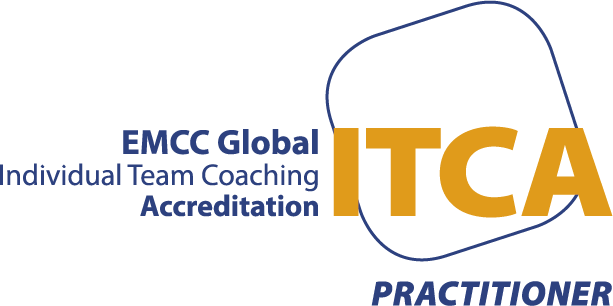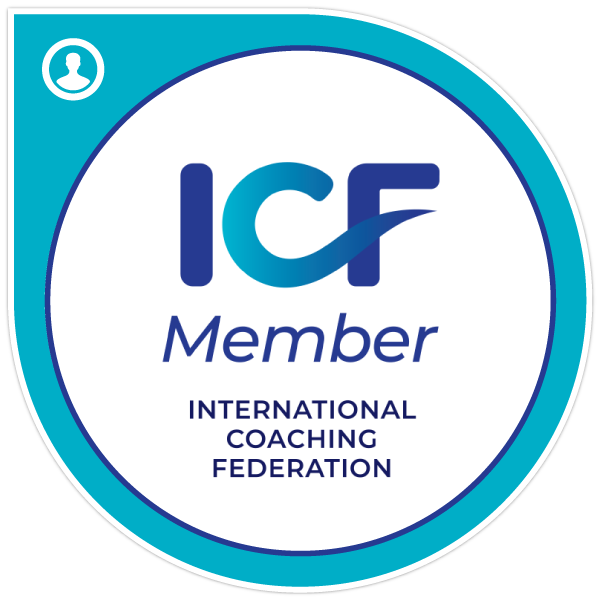You could also commit to yourself via your project management software. Add the task and enter a due date. Ideally, what you enter would be a step towards the completion of the larger work and not the entire project. This leads us to the next tip.
Tip number 2 — start with a small step. We often put off projects because they’re large and we suffer knowing that it’s going to take hours and hours to get this project done. Therefore, we can’t start today since there isn’t much time. Worse, it can’t be started tomorrow or even the next day. A terrible pattern is being created here. Unless a large chunk of progress can be made, there’s no sense in even starting.
So then we put off the project for much longer than we ever expected and then it really starts to bother us. Try a different approach. Take just 10 or 15 minutes today and start on one of those projects. What you’ll likely discover by starting is that when you take just a few minutes, it’ll actually change the way you look at that project.
For starters, you can start since you already have. Even more importantly, you’ve gotten a little momentum going and that’s really important. Momentum is everything. Next, you’ll come to realize you can tackle something large with small actions. You’ll get out of that unhelpful mindset that you can’t possibly start or much less finish the project today.
Once you take a small step, you’ll establish momentum and get things flowing, which is often the hardest part besides taking it across the finish line. In addition, that 10 — 15 minutes that you set aside might actually turn into 20 or 30 or even an hour because you start getting into a flow and feel good about your progress. So that’s tip number 2.
Tip number 3 — reframe how you’re looking at this project. We generally put off things that we don’t feel are going to be very much fun. Isn’t that right? Why don’t you change the way you’re looking at this project? Write down all the beneficial reasons why you’d like to get it done.
- It’s going to be an outlet for your creativity.
- It’s going to make a client happy.
- It’s something new that you’ll be able to market to grow the business.
- It’s going to delight a colleague who’s looking forward to your contribution.
- It’s going to stretch your skills and lead to personal growth.
What are the reasons why this is an important project and why it should get done? When you look at that list of reasons, it’ll probably help you to reframe the way you look at the project. When your mindset and attitude change, then generally procrastination starts to melt away. This will support tip number 2 because you will want to get started. It may even obviate tip number 1 besides making a commitment to yourself.
There are myriad ways to overcome procrastination. These tips are tried and true and will support you in getting going on that project that you’ve been dwelling on a bit too long.
By the way, here’s the counterpoint to this whole post. Procrastinating on purpose. It’s the subject of a book by Rory Vaden that is an eye-opening alternate take on procrastination in that it may not be a bad thing at all. One lesson from the book is that you might procrastinate on those things that have less value in favor of those that have higher long-term value. Freeing yourself up to do work that matters is a good kind of procrastination. Get other ideas from Rory’s book.
If you’d like to benefit from executive coaching to tackle reframes, establish momentum and build good habits to be a more effective leader, we can help. Contact us or schedule time to have a discovery conversation with our head coach.
Here are other resources to support your leadership
Articles:
- Best Practices for Creating an Effective Leadership Training Program at your Company
- Key Responsibilities and Skills Required for a New Executive Leadership Role
- Best Practices for Creating an Effective Leadership Training Program at your Company
- From Manager to Leader: Executive Coaching for Leadership Development
- Empowering Your Leadership Through Executive Coaching Services
- Self-Awareness: A Foundation of Leadership Success
- Preparing for Advancement or Success in a New Leadership Role
Case Studies:
- Executive Coaching Helps a Young Leader Garner the Respect and Loyalty of Her Veteran Team
- Guiding a Leader To Employ Emotional Intelligence at Work
Ebook:
Videos:
- Leadership Training Series YouTube Playlist
- Elevate Your Leadership – The Art of Being Fully Present in Meetings
- TOP 10 Characteristics of a Leader With Executive Presence PART 1
- Top 10 Characteristics of a Leader With Executive Presence PART 2
Photo copyright: Featured photo is from ©Kampus Production via Pexels.




















